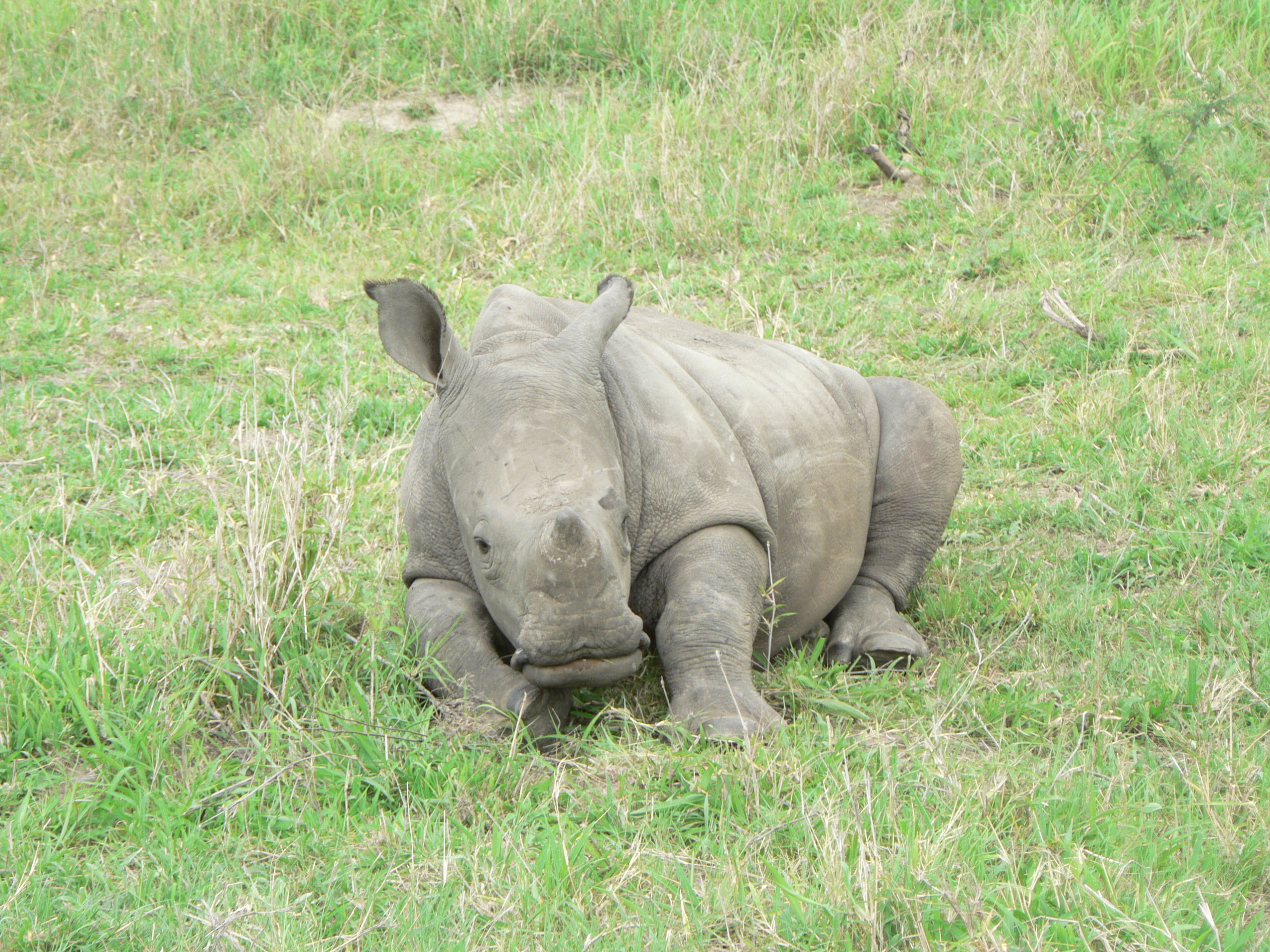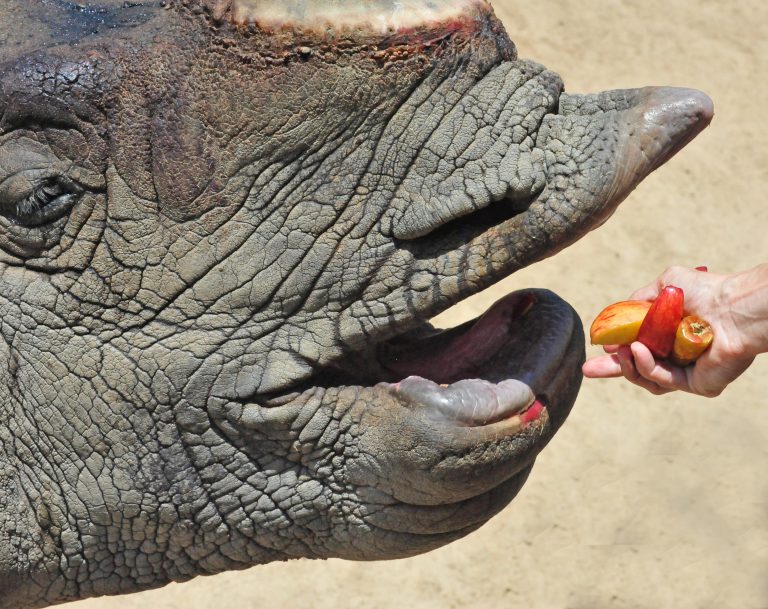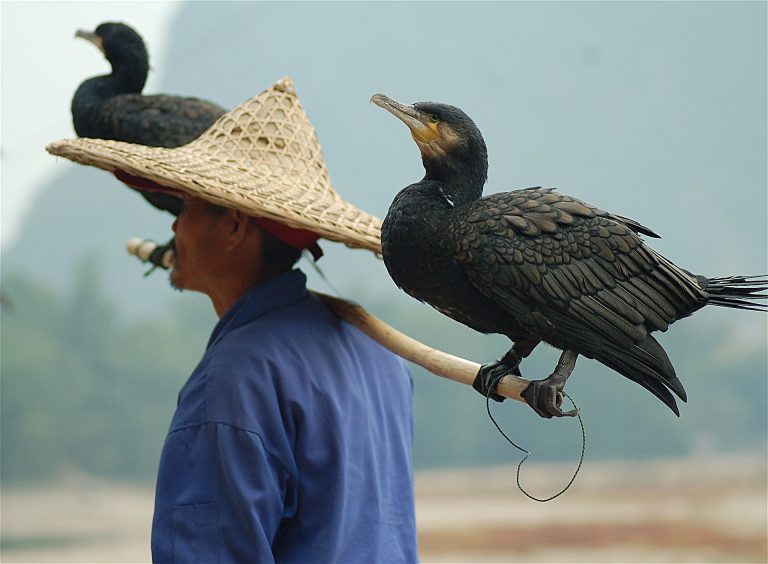Seha the rhinoceros was left for dead by poachers in 2016. Endangered wildlife preservation organization Saving the Survivors discovered the dying animal and brought him to their facility to treat his wounds. Now, five years later, he has a baby boy.
In the Zulu language of Southern Africa, Seha is short for Sehawukele, meaning “have mercy on us.”
Saving the Survivors, founded by Dr. Johan Marais, is a team of wildlife veterinarians dedicated to helping the victims of poaching or other traumatic events. Because rhinoceros are so widely sought for their precious horns, they make up the majority of the organization’s patients.
According to World Wildlife, rhinoceri once roamed Africa, Asia, and parts of Europe, where they can be seen depicted in ancient cave paintings. By the early 1900s, an estimated 500,000 were still living wild in Africa and Asia, but due to poaching and habitat loss, only 27,000 wild rhinos are left today. Despite continuous efforts to protect them, relentless poaching over the past decade has prevented a population recovery. According to Save the Rhino 394 animals’ horns were poached in 2020.
Veterinary assistant Dorota Ladosz described Seha’s ordeal. “Seha’s life started in the way of most baby rhinos. He was born onto a large private game reserve in the North-West province of South Africa…As a young bull rhino, he was ready to leave his mother and find a place of his own. He established a territory and patrolled it.”
Success
You are now signed up for our newsletter
Success
Check your email to complete sign up
In October 2016 he encountered an adversary “he had not faced before.”
“A group of poachers armed with weapons that very few rhinos have faced and survived. They hacked into his head, intent on getting every last piece of horn, so valuable that on the black market it’s called grey gold.
“The poachers ripped the horns out of his head, gouging out his facial bones and exposing his sinuses. Stripped of his identity and dignity, Seha was left lying in a pool of his own blood.
“He was taken to a secure facility where Dr. Marais began his treatments. And Dr. Marais never gives up.”

After Seha’s welcome recovery, he was released and met Lucky, a female poaching survivor, and the mother of his new calf named Daniel. The organization would like to relocate the family to a habitat better protected from poaching. Dorota was happy to announce that, “a well secured reserve, complete with armed guards and an anti-poaching unit, has been found.”
In order to raise funds for the move, they have partnered with Baby Rhino Rescue, a similar organization aimed at saving the animals from extinction.
Dorota requested support for the project: “Please join Baby Rhino Rescue in supporting a true superhero. Seha needs and deserves to live out his life in the wild, patrolling his territory and breeding as a normal wild rhino. Let’s get Seha into the wild again.”
Conservation efforts in India have successfully increased the population of the one-horned rhinoceros, with the greater one-horned’s endangered status being lifted to vulnerable. Habitat loss and degradation, on top of horn poaching, continue to be a threat, however.
Fun fact – the plural of rhinoceros is rhinoceros, rhinoceri, or rhinoceroses; or simply rhinos.













